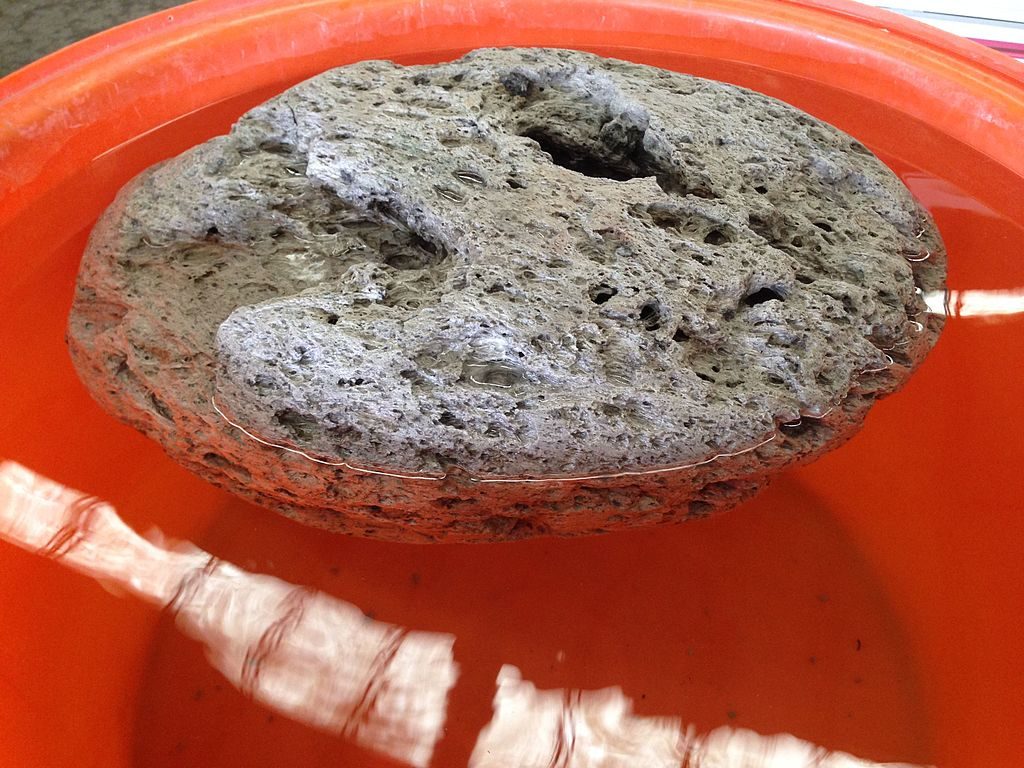
A massive pumice raft composed of volcanic rock is currently floating its way across the Pacific Ocean. Sailors first spotted the large mass of hardened lava a couple of weeks ago about the same time as reports began to emerge of clouds of smoke in the direction of the volcanic island Fonualei, in the Kingdom of Tonga. Volcanologists from the Smithsonian Institution have tied the rock to an eruption of an unnamed underwater volcano somewhere in that area.
Pumice rafts are full of holes and cavities, making it easy for the raft to float. According to the BBC, this raft covers an estimated 58 square miles (150 square kilometers). Sailors described the raft as a mass of “rocks from marble to basketball size,” and said that it could be dangerous to vessels.
The pumice raft is expected to drift pass New Caledonia and Vanuatu heading towards Australia. The Queensland University of Technology (QUT) in Australia calculated that the raft would be expected to hit Australian shores in about eight months. On its current trajectory, it may pass through coral reef areas in the eastern Coral Sea and that could be a good thing for Australia’s Great Barrier Reef.
The Great Barrier Reef was listed as the most extensive and spectacular coral reef ecosystem on the planet in 1981, according to UNESCO. It has suffered extensive damage in recent years, however, with rising water temperatures in 2016 and 2017 causing a mass bleaching event that killed around half the corals.
If the pumice raft goes through the Coral Sea during the region’s main coral spawning as expected, it would be teeming with sea life, such as new barnacles and corals by the time it reached the Great Barrier Reef. However, there’s also the possibility that it could introduce invasive species to the area that could be harmful.
